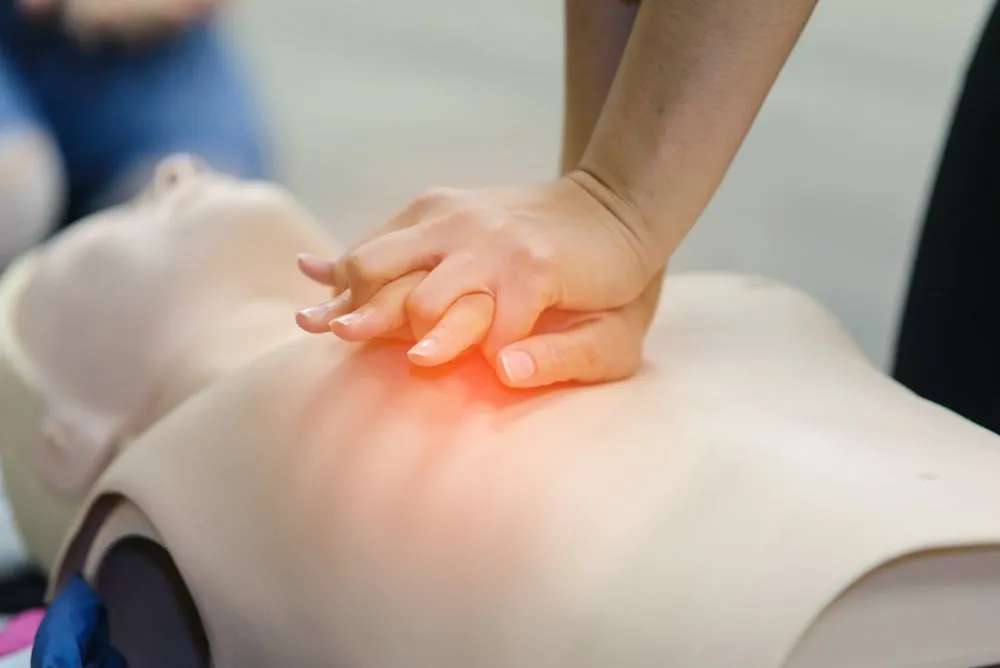Selecting the right first aid training course is a crucial step towards acquiring the skills needed to respond effectively in emergencies. With various courses available, tailored to diverse settings and skill levels, finding the most suitable one requires careful consideration. Let’s understand through the process of choosing the right first-aid training course to meet your specific needs.
Identify Your Purpose and Audience
Start by clarifying your purpose for seeking first aid training. Whether you’re a parent, teacher, healthcare professional, or workplace employee, understanding your specific needs helps narrow down the available courses.
Different courses cater to various audiences, ensuring relevance to your context.
Accreditation and Certification
Choose a course offered by reputable organisations that provide recognised certifications. Accredited courses ensure that the training meets industry standards and adheres to guidelines set by relevant health and safety authorities. Look for certifications that align with your professional or personal requirements.
Course Content and Duration
Evaluate the content covered in each course to ensure it aligns with your goals. Basic first aid courses typically include CPR, wound care, and emergency response, while more advanced courses may cover topics like pediatric first aid or wilderness first aid. Consider the duration of the course, balancing comprehensive learning with time constraints.
Instructor Expertise
The quality of instruction significantly influences the effectiveness of your training. Opt for courses led by experienced and certified instructors. Instructors should not only have the necessary credentials but also possess the ability to communicate effectively and provide practical, hands-on training.
Hands-On Training Opportunities
Practical, hands-on training is essential for reinforcing theoretical knowledge. Look for courses that incorporate scenarios, simulations, and real-life situations to ensure you can apply your skills confidently in emergency situations. Courses that include practical components often leave a lasting impact on participants.
Flexibility and Accessibility
Consider the flexibility of the training schedule and location. Online courses offer convenience but may lack the hands-on practice essential for skill development. In-person classes provide practical experience but may require more time commitment. Choose a format that aligns with your learning preferences and availability.
Course Reviews and Recommendations
Research course reviews and seek recommendations from individuals who have undergone similar training. Online forums, testimonials, and word of mouth can provide insights into the effectiveness of a particular course and the satisfaction of past participants.
Online vs. Face-to-face course
Deciding between an online or face-to-face first aid course is a pivotal consideration in your training journey. Online courses offer flexibility, allowing you to learn at your own pace and convenience. However, they may lack the hands-on experience crucial for skill development. Face-to-face courses, while requiring a physical presence, provide interactive, practical training with immediate instructor feedback.
The choice depends on your learning style, schedule, and the importance you place on hands-on practice. Balancing the benefits of flexibility and practical experience ensures a comprehensive learning experience tailored to your needs.
Cost Considerations
While cost should not be the sole determinant, consider your budget when selecting a first aid training course. Compare the costs of various courses, keeping in mind the value of the certification, the expertise of the instructors, and the comprehensiveness of the training.




